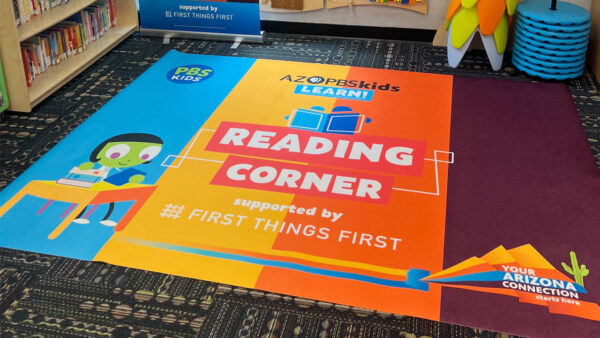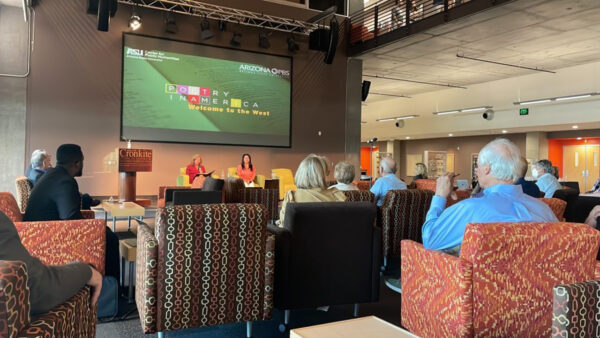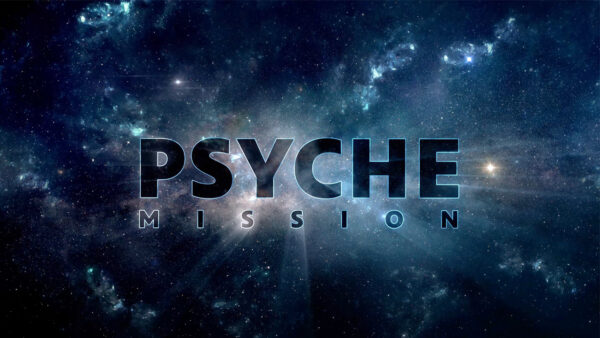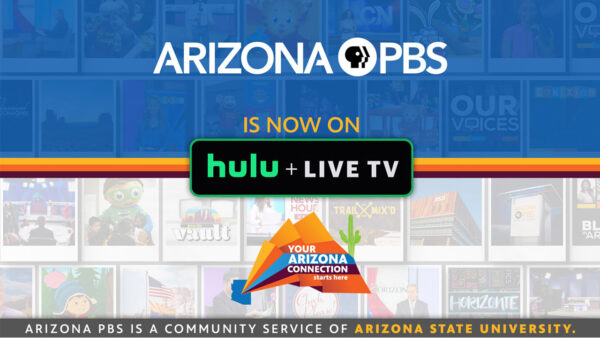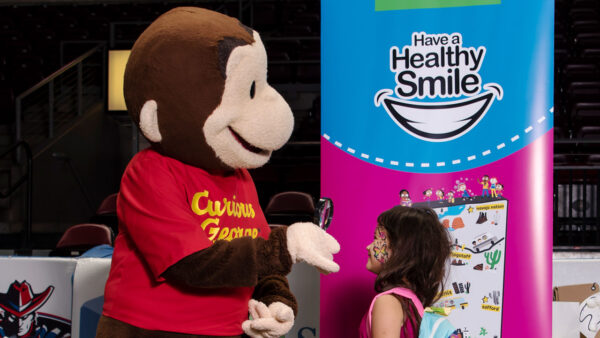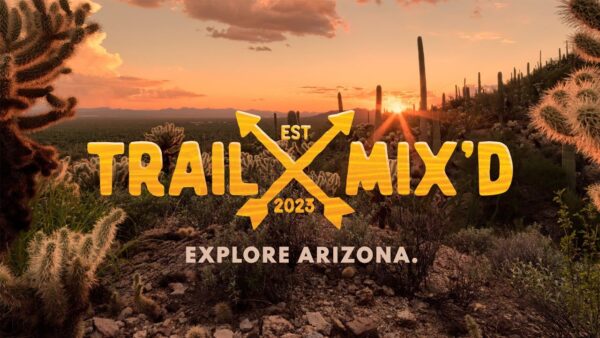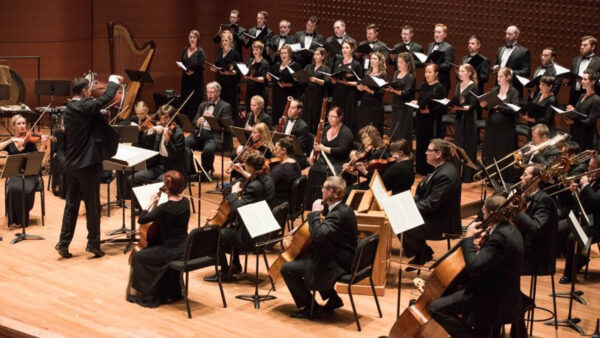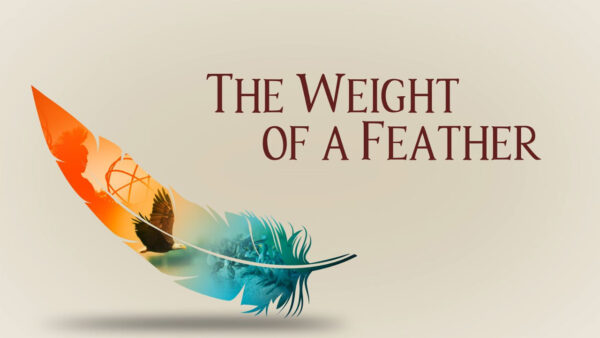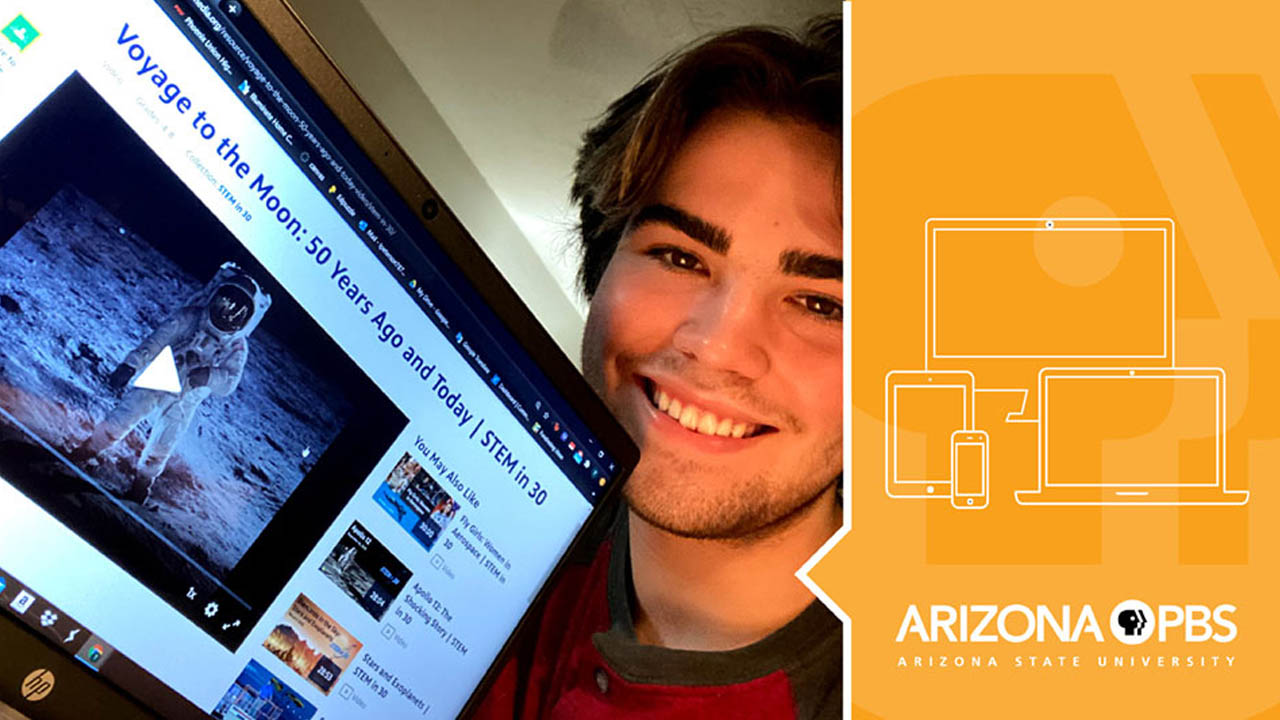
Arizona PBS helps boost learning with more online resources for students at home, in classrooms
Oct. 22, 2020
 Tate Peterson, 17, a Bioscience High School student in downtown Phoenix, learns about NASA’s Apollo program with Arizona PBS’ At Home Learning online.
Tate Peterson, 17, a Bioscience High School student in downtown Phoenix, learns about NASA’s Apollo program with Arizona PBS’ At Home Learning online.By Franco LaTona
From Arthur and the classic cast of Sesame Street, to PBS NewsHour for older teens, Arizona PBS is giving students a fun, new way to access educational content online.
Since the start of the COVID-19 pandemic last spring, the national station launched PBS Learning Media, a website comprised of multimedia educational content for pre-kindergarten students through 12th grade. The resources — which are intended to supplement traditional lesson plans — include videos, self-paced lessons and printable worksheets that teachers, students and parents can access online for free.
“It enables students to have a more visual experience rather than just reading lessons in their textbooks,” said Kimberly Flack, Arizona PBS Director of Education and Community Impact.
With over 124,000 page views in Arizona during the month of September, web traffic has increased significantly since the summer.
This fall, the station is providing new training kits to guide teachers implementing content into their lesson plans. Each kit includes featured lessons — many around timely topics like civic engagement. These teacher toolkits are released every eight weeks and are designed to ease the implementation process.
“I love the videos,” said Samantha McCormack, a kindergarten teacher in Bullhead City, Arizona. “There are so many vocabulary lessons I can use with my students; there’s something for everyone.”
Anyone can search the multimedia material at pbslearningmedia.org by grade level, subject matter or keywords. Students and teachers will find a variety of subjects including math, social studies and science, geography and art, with much of it related to existing PBS programming like “Daniel Tiger’s Neighborhood” and “Odd Squad.”
“It’s the stuff left over from making a TV show,” Flack said. “That’s the stuff that teachers and students want because it’s behind the scenes.”
Some content is produced locally by member stations. Kentucky Education Television recently produced a series called “You Are Not Alone,” focusing on children’s mental health issues. Vegas PBS added STEM elementary content, notably a video on one of the largest U.S. solar power systems at the Nellis Air Force Base in Nevada.
Arizona has added its own unique set of content, too. The Salt River Project produced a five-part series on Arizona’s watershed. The first video starts by showing scientists measuring snow levels in northern Arizona mountains. The narrator explains that the scientists use predictive modeling based on snow levels to determine how much water to let through the watershed’s dams, which will be used as drinking water throughout the state or to irrigate crops. Other videos in the series discuss the watershed’s history as well as water’s cyclical journey.
Another film produced locally related to American Indians is called “Racing the Rez,” which can be viewed in its entirety or in smaller segments on the site. The one-hour film follows Navajo and Hopi cross-country runners from rival high schools as they overcome personal struggles to fight for tribe pride, giving viewers an inside look at the complexities of modern life on a reservation.
In addition to local content, a whole host of national content exists as well. PBS NewsHour, for example, contributes many videos geared mainly towards older students, including a recent collection focused on media literacy and spotting misinformation online.
One of the videos is titled “5 Ways to Spot Fake News.” It includes animated images along with a narrator cautioning viewers to watch for unusual URLs, websites with anonymous contributors and sensationalist images.
Another series focuses on civic engagement and first-time voting, aimed at older students who may be participating in their very first election.
“The educational content for older students is amazing,” said one respondent to an ArizonaPBS summer survey. “Even my husband and I have learned something. We hope it continues even after the pandemic.”
Some of the content is aimed specifically at teachers. A series called “Tools for Anti-Racist Teaching,” for example, was added this summer, with more than five hours of videos for instructors wanting to be more racially sensitive and inclusive in classrooms, including an hour-long video specifically for young learners.
“We hope teachers will utilize this series and find it helpful when discussing difficult topics on race in the U.S.,” Flack said.
For students without internet access at home, educational programming is available every day on Arizona PBS’ channel 8.4. The schedule can be accessed here.







